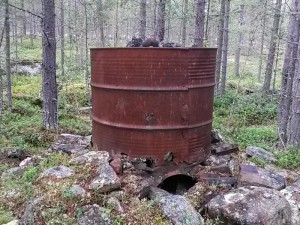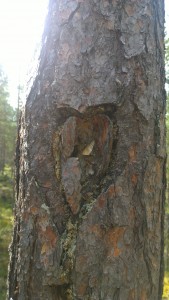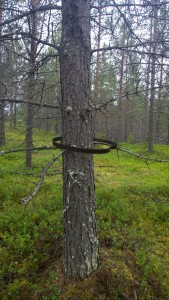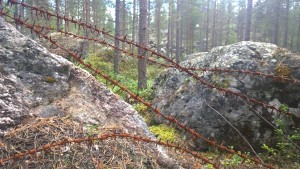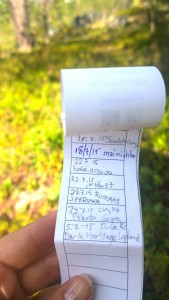Project Researcher Eerika Koskinen-Koivisto will attend the 33rd Nordic Ethnology and Folklore conference: “CO” – Co-productions, collaborations, contestations coming together in Copenhagen, Denmark. Her paper appears in panel 22: Collectors and collections. The panel conveners are Tove Fjell, Bergen University, Charlotte Hagström, Lund University, Lena Marander-Eklund, Åbo Academy, and Susanne Nylund Skog, Uppsala University.
Panel description:
In this panel we invite papers on collectors and collections, including both material and immaterial collections. We welcome discussions ranging from collections of glassware and rare books to the practices of bird watching and train spotting. The intention is to touch on issues such as the relationships between compilation and collection, private collections and museums, the process of acquiring things and the knowledge needed and attained in this process, as well as the aims of collections and where and how they are stored/listed, kept and displayed. The main question of interest concerns systemizing and normalizing aspects of the practices of collecting.
How do collectors motivate and make their collecting practices meaningful? When and how does collecting and collections cross the borders of normality? What is accepted and what is deemed inappropriate when, why and for whom?
We welcome papers in the Scandinavian languages as well as in English addressing issues of gender, age, ethnicity, economy, cultural capital and so forth, focusing on any or all of the following: the process (the collecting), the individuals (the collectors) and the outcome (the collections).
Eerika’s title abstract for the panel is as follows:
Collectors of Dark Heritage: WWII memorabilia in Finnish Lapland
In my current research project I study local people’s understanding of the material heritage associated with the German military presence in northern Finland (Lapland) during WWII. This heritage of a difficult and traumatic period is largely unvalued, ignored and intentionally forgotten. Nonetheless, the remains of German sites and material do constitute an element of northern landscapes that locals and tourists have come across and lived with since the war.
My project is part of larger interdisciplinary project entitled Lapland’s Dark Heritage in which scholars from the fields of archaeology, museology and ethnology explore the values and meanings of difficult or dark heritage and address the relationships between the modern war, material culture and memory. We are interested in the activities like ‘dark tourism’ or the looting and collecting of war memorabilia, but also to broader fascination with, for instance, the Nazis in popular culture. In this presentation I ask how should we understand and approach the collections and collectors of dark heritage and how does these collections and activities shape our understanding of the past and the present.
Eerika will also live-tweet from the conference, you can follow her on @EerikaKK and also follow our project account on @DarkLapland.


